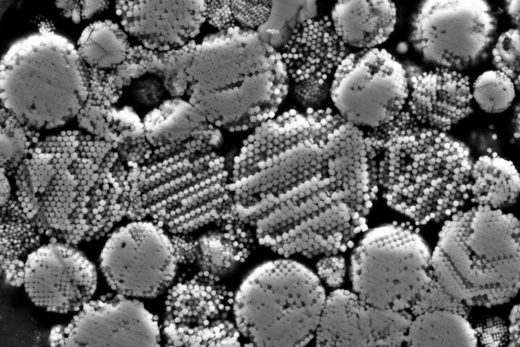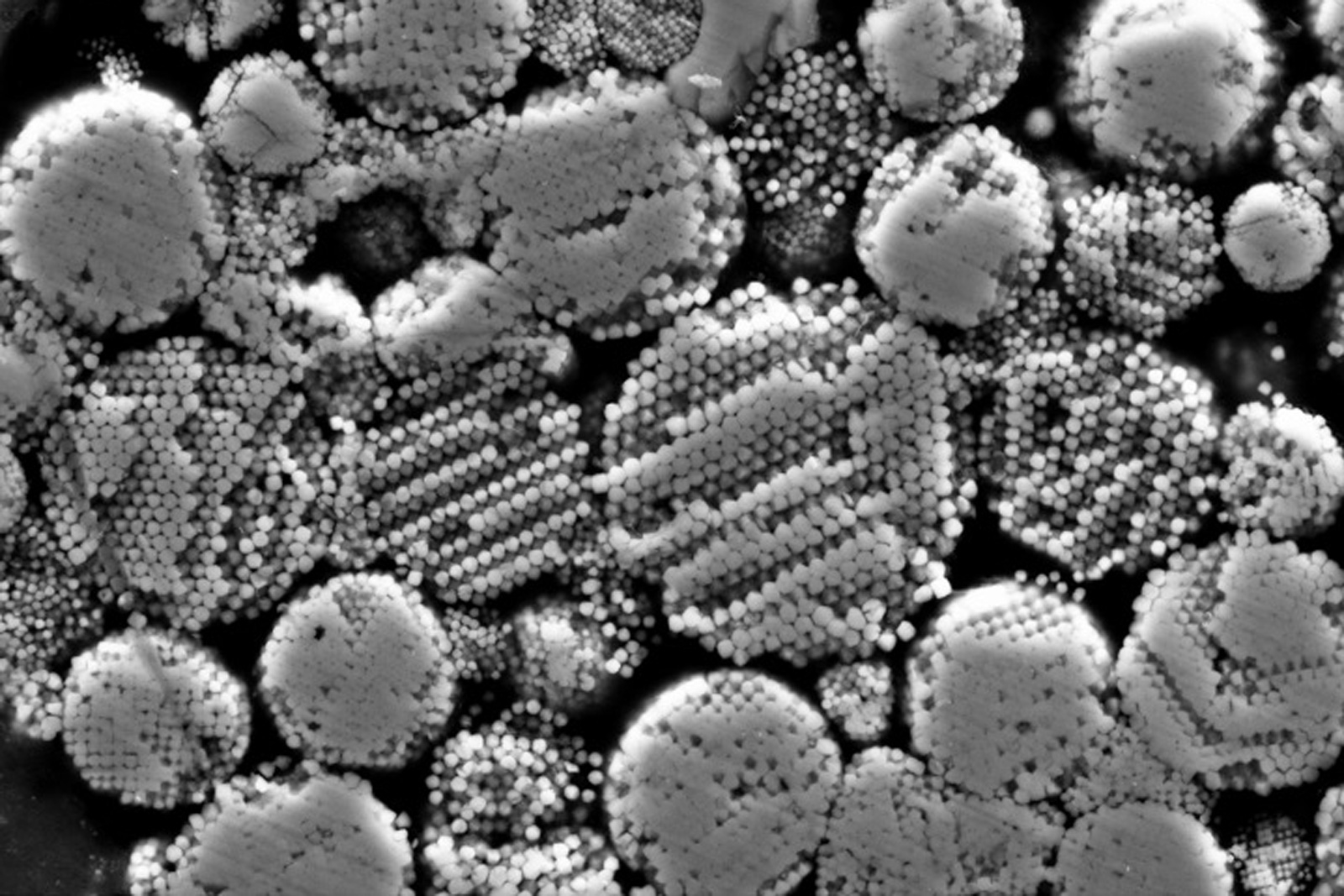3D atom mapping helps investigate the origins of life
A relatively new technique for studying atoms might shed more light on how life began on Earth. Scientists have used 3D atom mapping (specifically, atom probe tomography) to discover that the oldest molecular fluids in the Solar System could have supported the development of amino acids and, eventually, life. The team studied molecules on the boundaries of magnetite grains in a 4.5 billion-year-old meteorite (shown above) to find the signs of the liquids where those magnetites formed — apparently, they were alkaline and loaded with sodium.
This was possible in part thanks to the nature of the meteorite sample itself. It’s never been above room temperature or exposed to liquid water, so any signs of liquidity come from the asteroid.
While researchers have long known that water was present in the early Solar System, this is the first direct evidence showing the chemistry and acidity of that water. It’s also promising for the future of space exploration. The researchers hope to devise methods for studying extraterrestrial samples going forward, whether they’re from asteroids or Mars, and save space agencies from making unnecessary trips to collect more data.
(12)




